We will remember how Metoro Tau'a Ure said
rutua at the beginning of side
b on the C tablet when reading for Bishop
Jaussen on Tahiti. Early in my investigations I
here saw a correpondence in his words with the beginning
of side b on the A tablet:
 |
 |
 |
 |
|
Ab1-1 |
Ab1-2 |
Ab1-3 |
Ab1-4 |
|
Te hoea - rutua
te pahu - rutua
te maeva - atua rerorero - atua ata tuu |
 |
 |
|
Bb11-40 |
Bb12-12 |
| ma to
rutu |
mai
tae rutu
hia te pahu - e rima oho |
 |
 |
 |
 |
|
Cb1-5 |
Cb1-6 |
Cb1-7 |
Cb1-8 |
|
rutua -
te pahu - rutua
te maeva - atua rerorero - atua hiko ura
- hiko o tea |
Time is now ripe to try to integrate this important
piece of evidence. To begin with the pair of glyphs
in the Aruku Kurenga (B) text - which name
could suggest a female regent (aruku instead of
ariki together with the girl appellation renga) -
there is the significant word hia (count!).
Rega. Ancient word, apparently meaning
'pretty, beautiful'. It seems to have been used also
to mean 'girl' judging from the nicknames given
young women: rega hopu-hopu. girl fond of
bathing; rega maruaki, hungry girl; rega
úraúra, crimson-faced girl. Vanaga. Pau.:
rega, ginger. Mgv.: rega, turmeric. Ta.:
rea, id. Mq.: ena, id. Sa.: lega,
id. Ma.: renga, pollen of bulrushes.
Churchill.
... One of the sides has 10 rows, the other 12 rows.
The name Aruku Kurenga is probably derived
from 'a Roko ko Renga = 'of Roko the Fair'.
Possibly this person is mentioned in a note from
Jaussen about 'Arukukurenga de Tongariki'
who died in the Peruvian labour raids ...
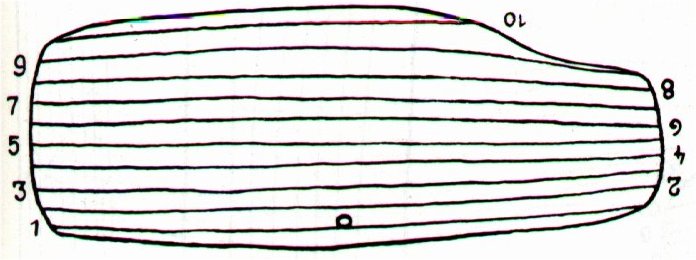
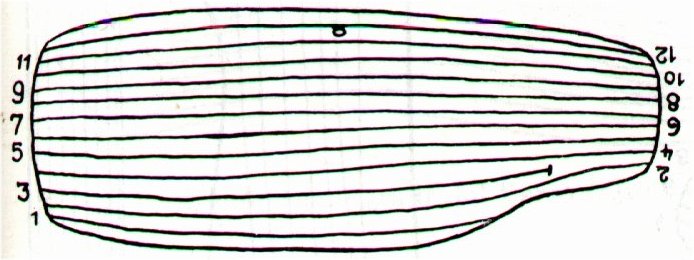
Metoro began reading the text for Biship Jaussen on
the side which Barthel later decided should be side
a, but we can deduce from the hole which presumably
was for hanging the wooden tablet on a wall that
side b should be regarded as its front side.
It is easy to associate from this 'Roko the Fair' to
a similar figure in Norse mythology, viz. Balder:
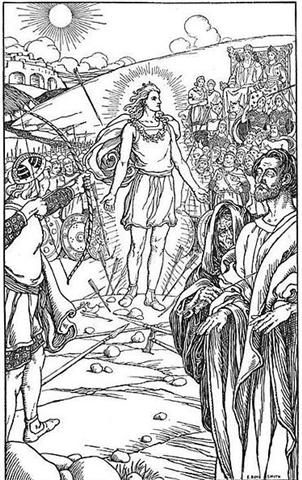
And from there
we can go on to
the figure Rogo - Lono in the
Hawaian new year rituals and the first son of Tu
in the Moriori myth of creation.
... In
the deep night before the image [of Lono] is
first seen, there is a Makahiki ceremony
called 'splashing-water' (hi'uwai). Kepelino
tells of sacred chiefs being carried to the water
where the people in their finery are bathing; in the
excitement created by the beauty of their attire,
'one person was attracted to another, and the
result', says this convert to Catholicism, 'was by
no means good' ...
... the progeny of Tu increased:
Rongo, Tane, Tangaroa, Rongomai,
Kahukura, Tiki, Uru,
Ngangana, Io, Iorangi,
Waiorangi, Tahu, Moko, Maroro,
Wakehau, Tiki, Toi, Rauru,
Whatonga - these were the sons ...
Roko. Ma.: The deity Rongo: Ka ki atu a Tu
raua ko Roko ki a Rehua. Rokohaga, to be
overtaken or come upon; to be reached: Rokohanga
e te ponga, rere noa atu, Ka rokohanga hoki e
te uranga mai o te manuhiri nei. Cf. rongo,
to hear, to feel, to smell, &c.; tidings, report. 2.
To be remedied: He mate kai e rokohanga, he mate
anu ekore e roko hanga. Text Centre.
We should count Metoro said, and
12 * 12 (at Bb12-12) = 144 could mean the Sun year has
reached a cardinal point. We can also count the
glyph number as the sum from the beginning of
side b:
|
a1 |
47 |
47 |
b1 |
31 |
31 |
|
a2 |
40 |
87 |
b2 |
47 |
78 |
|
a3 |
37 |
124 |
b3 |
43 |
121 |
|
a4 |
40 |
164 |
b4 |
42 |
163 |
|
a5 |
43 |
207 |
b5 |
40 |
203 |
|
a6 |
44 |
251 |
b6 |
40 |
243 |
|
a7 |
43 |
294 |
b7 |
41 |
284 |
|
a8 |
46 |
340 |
b8 |
42 |
326 |
|
a9 |
49 |
389 |
b9 |
50 |
376 |
|
a10 |
32 |
421 |
b10 |
42 |
418 |
|
|
b11 |
43 |
461 |
|
b12 |
12 |
473 |
|
33 |
506 |
|
sum |
421 |
sum |
506 |
 |
14 |
 |
|
Bb11-40 (458) |
Bb12-12 (473) |
| ma to
rutu |
mai tae rutu hia
te pahu - e rima oho |
|
16 |
Assuming each glyph stands for a day, we can expect a reversal to come 1 week after ma to rutu.
Because the hand signs are presumably showing us this.
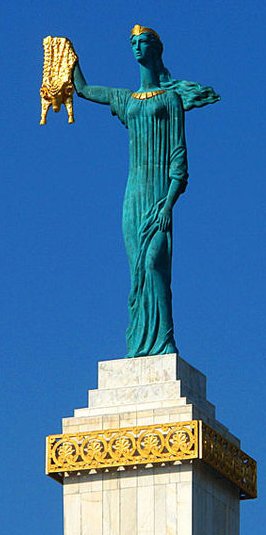 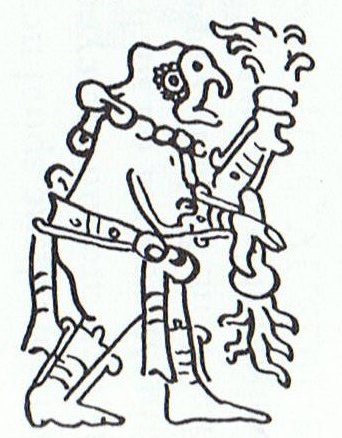 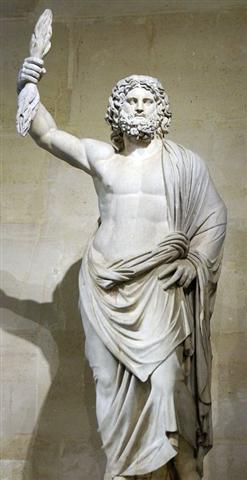
Rima. 1. Hand, also, but improperly, fingers,
forearm; te ko mu'a o te rima, palm of the
hand; te ko tu'a o te rima, back of the hand;
rima hakaturu, generous, liberal, munificent;
tagata rima pu'a, helper; rima hakakau,
generous hands, open-handed person; rima
matu'a neanea, thumb. 2. Fifth; e-rima,
ka-rima, five. Vanaga. 1. Five. P Mgv., Ta.:
rima, id. Mq.: ima, id. 2. Arm, hand;
rima atakai, obliging, kind, generous, a gift,
rima tuku, elbow, rima omo,
infidelity, faithless, unfaithful, rima o te kahu,
sleeve, kakari rima, wrist. P Pau.: rima,
hand, arm. Mgv.: rima, hand, arm, paw,
finger. Mq.: ima, hand, arm. Ta.: rima,
arm, hand, finger. Rimahakaviriviri, fist, to
clench the fist, a blow of the fist. Rimahati,
one-armed. Rima ko manaroa, little finger T.
Rimamatua neanea, thumb. Rimaroaroa tahaga,
middle finger T. Rimatitiri, to walk with the
hands behind the back. Rimaruru, to clasp
hands. Rimatuhi henna (?) index finger T.
Rimatuhi a hana, finger ring T (? ring finger).
3. To lead into error; rimaetua,
supernatural, Mq.: imaima, that which returns
after a man's death, Ta.: rimaatua, plague,
dissension, mortal illness. Churchill.
|
 |
|
rima |
465 (Bb12-4) =
458 (= 2 * 229) +
7. The first side on the G tablet holds a single set
of 229 glyphs - possibly to be compared to the
single set of Golden Fleece limbs above.
|
6 |
 |
 |
6 |
|
Bb12-4 (465) |
2 * (240 - 7) |
| eaha te
manu itiiti |
ui ki te
mata mai tae e haga
hia |
Perhaps mai tae e haga hia means we should
here count to with end of the 'fishing grounds' (haga),
because tae means 'not' (as e.g. in
Tae-tagaloa = Not Tangaroa → Tane).
|
Side a
according to the heliacal Gregorian
calendar has SIRIUS at °June 30 when
NUNKI was close to the Full Moon (cfr
Ga2-11).
Side b
at the time of Julius Caesar has
SIRIUS at 'June 30 when ROTTEN MELON was close
to the Full Moon (cfr Gb1-18). |
|
NOV 6 |
7 |
8 |
9 (*233) |
10
(314) |
 |
 |
 |
 |
 |
|
Gb1-1
(230 = 2 * 115) |
Gb1-2 |
Gb1-3 |
Gb1-4 |
Gb1-5 |
|
Synodic cycles |
|
Mercury |
115.88 |
|
Venus |
583.92 |
|
Earth |
364.0 = π *
115.88 |
|
Mars |
779.96 |
|
Jupiter |
398.88 |
|
Saturn |
378.09 |
|
Uranus |
369.66 |
|
|
CLOSE TO THE SUN: |
|
DENEB OKAB
(Tail of the Eagle) =
δ
Aquilae (Ant.)
(294.0),
α VULPECULAE
(Little
Fox)
(294.9) |
ν
Aquilae (Ant.) (295.0),
ALBIREO (Ab Ireo) = β Cygni
(295.5) |
ALSAFI (Fire Tripod) =
σ
Draconis
(296.0),
μ
Aquilae (296.3),
ι
Aquilae (Ant.)
(296.8), κ Aquilae (Ant.) (296.9) |
ε Sagittae (297.1), σ Aquilae (Ant.) (297.4),
SHAM (Arrow) = α Sagittae
(297.8)
*256.0 = *297.4 - *41.4 |
β Sagittae (298.0), χ Aquilae (298.3), ψ
Aquilae (298.8) |

... In late September or early October
130, Hadrian and his entourage, among
them Antinous, assembled at Heliopolis
to set sail upstream as part of a
flotilla along the River Nile. The
retinue included officials, the Prefect,
army and naval commanders, as well as
literary and scholarly figures. Possibly
also joining them was Lucius Ceionius
Commodus, a young aristocrat whom
Antinous might have deemed a rival to
Hadrian's affections. On their journey
up the Nile, they stopped at Hermopolis
Magna, the primary shrine to the god
Thoth. It was shortly after this, in
October [in the year A.D.] 130 - around
the time of the festival of Osiris -
that Antinous fell into the river and
died, probably from drowning. Hadrian
publicly announced his death, with
gossip soon spreading throughout the
Empire that Antinous had been
intentionally killed. The nature of
Antinous's death remains a mystery to
this day, and it is possible that
Hadrian himself never knew; however,
various hypotheses have been put
forward. One possibility is that he was
murdered by a conspiracy at court.
However, Lambert asserted that this was
unlikely because it lacked any
supporting historical evidence, and
because Antinous himself seemingly
exerted little influence over Hadrian,
thus meaning that an assassination
served little purpose. Another
suggestion is that Antinous had died
during a voluntary castration as part of
an attempt to retain his youth and thus
his sexual appeal to Hadrian. However,
this is improbable because Hadrian
deemed both castration and circumcision
to be abominations and as Antinous was
aged between 18 and 20
[→ 19] at the
time of death, any such operation would
have been ineffective. A third
possibility is that the death was
accidental, perhaps if Antinous was
intoxicated. However, in the surviving
evidence Hadrian does not describe the
death as being an accident; Lambert
thought that this was suspicious.
Another possibility is that Antinous
represented a voluntary human sacrifice.
Our earliest surviving evidence for this
comes from the writings of Dio Cassius,
80 years after the event, although it
would later be repeated in many
subsequent sources. In the second
century Roman Empire, a belief that the
death of one could rejuvenate the health
of another was widespread, and Hadrian
had been ill for many years; in this
scenario, Antinous could have sacrificed
himself in the belief that Hadrian would
have recovered. Alternately, in Egyptian
tradition it was held that sacrifices of
boys to the Nile, particularly at the
time of the October Osiris festival,
would ensure that the River would flood
to its full capacity and thus fertilize
the valley; this was made all the more
urgent as the Nile's floods had been
insufficient for full agricultural
production in both 129 and 130. In this
situation, Hadrian might not have
revealed the cause of Antinous's death
because he did not wish to appear either
physically or politically weak.
Conversely, opposing this possibility is
the fact that Hadrian disliked human
sacrifice and had strengthened laws
against it in the Empire ...
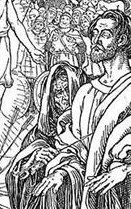 |
|
Jan 9 |
10 (*295) |
11 |
12 |
13 (378 → Saturn) |
|
°Jan 5 (*290 = 370 - 80) |
6 |
7 |
8 |
9 |
|
'Dec
13 (LUCIA) |
14 (*268) |
15 |
16 (350 = 50 weeks) |
17 |
 |
|
"Nov 29 |
30 (*254) |
"Dec 1 |
2 (336 = 48 weeks) |
3 |
|
CLOSE TO THE FULL MOON: |
|
7 (492 = 4 * 123 = 12 * 41) |
MAY 8 (365 + 2 * 64 = 493 |
9 (*49) |
10 (130) |
11 |
|
ALUDRA (Virgin) = η Canis Majoris
(111.1), PROPUS = ι Gemini (111.4),
GOMEISA (Water-eyed) = β Canis Minoris (111.6)
*70.0 = *111.4 - *41.4 |
ρ Gemini (?) (112.1),
Eskimo Nebula = NGC2392 Gemini
(112.2)
ANTARES (α Scorpii) |
Al Dhirā'-5 (Forearm) /
Punarvasu-7 (The Two Restorers of Goods)
/
Mash-mashu-Mahrū-10 (Western One of the
Twins)
CASTOR = α Gemini
*113.4 = *41.4 + *72.0 |
ANA-TAHUA-VAHINE-O-TOA-TE-MANAVA-7 (Pillar for elocution)
υ Gemini (114.0),
MARKAB PUPPIS = κ Puppis
(114.7), ο Gemini (114.8),
PROCYON
= α Canis Minoris
(114.9) |
α Monocerotis
(115.4), σ Gemini (115.7)
*74.0 = *115.4 - *41.4
|
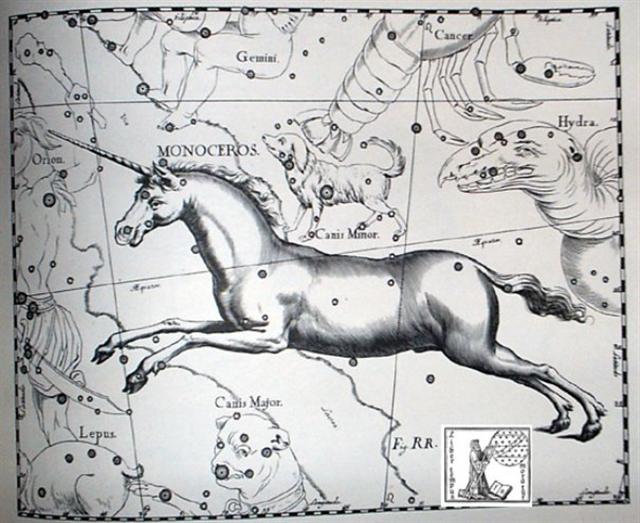 |
|
July 10 |
July 11 |
12 (193) |
13 |
14 (*480) |
|
°July 6 |
7 (188) |
8 |
9 |
10 (*111) |
|
'June 13 |
14 |
15 (166) |
16 |
17 (*88) |
|
"May 30 |
31 |
Te Maro 1 (8 * 19) |
"June 2 |
3 (*64) |
|
... On the twenty-fifth day of the first
month (Vaitu Nui), Ira and
Makoi set sail; on the first day
of June ('Maro'), the bow of
Ira's canoe appeared on the distant
horizon, came closer and closer on its
course, and sailed along, and finally
(one) could see the (new home) land ...
(E:17) |
 |
 |
 |
 |
 |
|
Ga2-17 |
Ga2-18 |
Ga2-19 |
Ga2-20 (50) |
Ga2-21 |
|
NOV 11 (315) |
12 (*236 = 472 / 2) |
13 |
 |
 |
 |
|
Gb1-6 (235) |
Gb1-7 |
Gb1-8 |
|
CLOSE TO THE SUN: |
|
υ Aquilae (299.1),
TARAZED (Star-striking Falcon) = γ
Aquilae
(299.3), δ Sagittae (299.6), π Aquilae
(299.9) |
Sravana-23 (Ear or Three Footprints)
TYL =
ε
Draconis
(300.0),
ζ
Sagittae (300.1),
ALTAIR
(Flying Eagle) =
α
Aquilae
(300.3),
ο
Aquilae (300.5),
BEZEK =
η
Aquilae
(Ant.)
(300.8) |
ι Sagittarii (301.2),
TEREBELLUM = ω Sagittarii,
ξ Aquilae (301.3),
ALSHAIN (Falcon) = β Aquilae
(301.6), φ Aquilae (301.8) |
 |
|
Jan 14 |
15 (*300) |
16 (381) |
|
°Jan 10 (*295) |
11 |
12 (377) |
|
'Dec 18
(*272) |
19 |
20 (354 = 12 * 29˝) |
|
"Dec 4 |
5 (339) |
6 (*260) |
|
CLOSE TO THE FULL MOON: |
|
MAY 12 (*52) |
13 (133) |
14 |
|
Mash-mashu-arkū-11 (Eastern One of the
Twins)
κ Gemini (116.1),
POLLUX
= β Gemini
(116.2), π Gemini (116.9) |
AZMIDISKE = ξ Puppis
(117.4)
*76.0 = *117.4 - *41.4 |
φ Gemini (118.4)
*77.0 = *118.4 - *41.4 |
|
July 15 (196) |
16 (*482) |
17 (*118) |
|
°July 11
(192) |
12 (*478) |
13 (*114) |
|
'June 18
(*454) |
19 (170) |
20 (*91) |
|
"June 4
(*440) |
5 (156) |
6 (*77) |
 |
 |
 |
|
Ga2-22 |
Ga2-23 |
Ga2-24 |

|

































